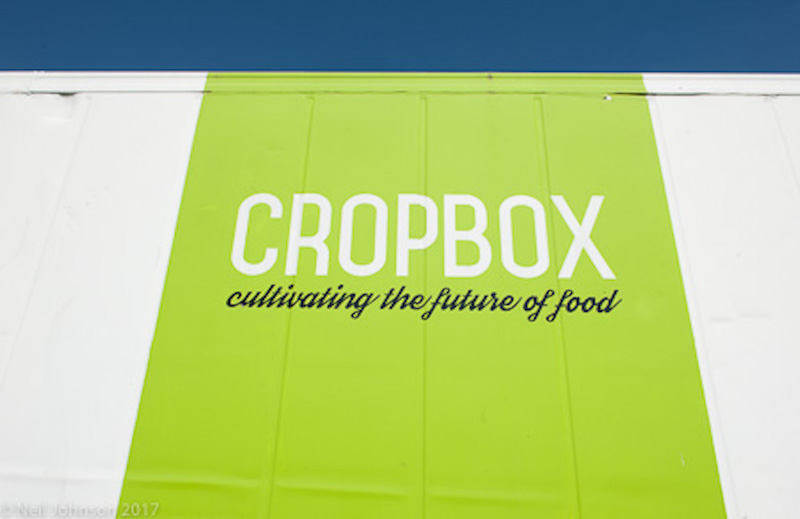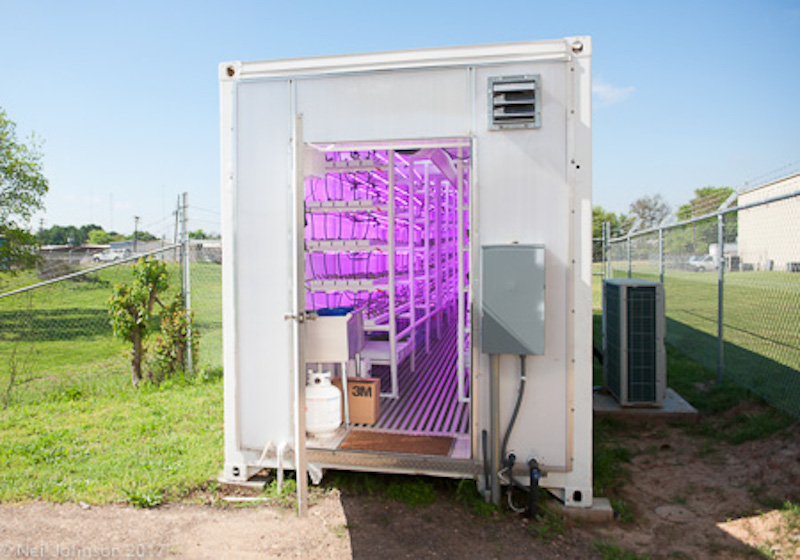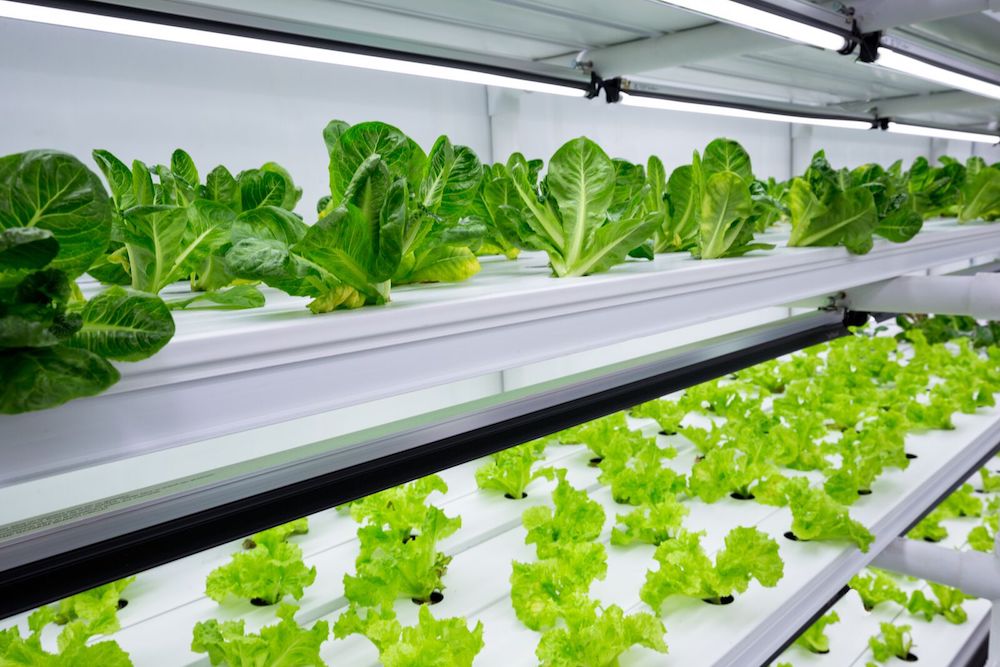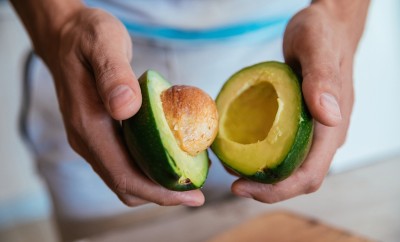Nutrition
CropBox: Cultivating the future of food

Image courtesy of CropBox
A changing climate throws off a multitude of things, but none are more jeopardized than agriculture. As temperatures change in various regions, industries these regions are known for may no longer thrive. For example, France may no longer be as popular for its Bordeaux wine, while Oregon may suddenly produce wine of the quality France has been so famously known for. In order to sustain a world where we consistently have high quality, nutrient-dense produce, finding innovative solutions to farming is crucial. We need produce we can depend on. Enter CropBox.
CropBox has discovered the future of food—creating a solution to agricultural waste while also solving the issue of an unknown agricultural future. These shipping container farms produce the equivalent of an acre of field grown crops, or 2,200 square feet of greenhouse space within a 320 square foot space.

CropBox was founded in 2014—thinking way ahead of the game for that time—to repurpose shipping containers with cutting edge technology in hydroponics. Now, CropBox has one of the highest yielding agricultural systems in the world. Each CropBox is capable of growing an acre’s worth of produce within a 320-square foot footprint.
CropBox uses Grow Link (formerly HydroPods) for the technology to monitor and control the environment and nutrient system. Grow Link’s sensors are accessible for customers through their smartphones, using the CropBox App. Every container features leading-edge technology for remote monitoring and control capabilities. Customers of CropBox have the ability to tailor their containers to their specific needs, and the CropBox team’s farming background ensures that each container is top notch when it comes to food quantity and quality. These climate controlled environments prevent issues like severe weather, production shortages, or spoilage from occurring.
Here are some of the other many perks of CropBox:
- CropBox yields 150 times greater than traditional agricultural methods
- The containers produce fresher products with longer shelf life and zero pesticides
- CropBox removes the guesswork when it comes to product safety, supply, seasonality and price stability
- Each container has a 90% reduction in water use, 80% reduction in fertilizer, and no fertilizer runoff
- Food is grown at (or near) the point of consumption to simplify distribution and reduce inventory loss
- If a customer wants to produce even more food, each container is stackable and can turn into a larger vertical farm

Image courtesy of CropBox
In addition to creating a solution to a changing climate, unknown future, and unpredictable agriculture industry, CropBox also takes evident steps to reduce contributions to a worsening climate. From cutting transportation costs by allowing the containers to be on site or near the consumption location, to reducing water and fertilizer waste and runoff, CropBox aims to solve a problem while providing instant relief from it.
To learn more about CropBox and the different containers they offer, check out their website here.





0 comments